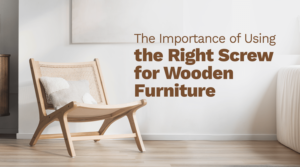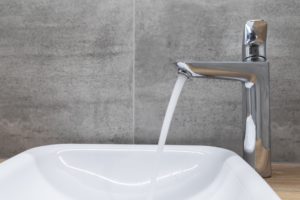Buying new floors is an exciting and exciting task — but thinking about it can also be a bit anxiety-inducing.
After all, there are so many kinds of floors available picking one might seem to be an arduous task.
Plus, what prompts you to think about floors is sometimes obvious or apparent. Thus, it’s easy to think that you need to replace your old floors when you’re unhappy with what you have.
But how do you know if you do? This article will examine all the tell-tale signs you need on new floors.
1. Worn-Out Appearance
Over time, the wear and tear on your floors can become increasingly noticeable. Hardwood floors may develop scratches, gouges, and worn patches that diminish their once-gleaming appearance.
Carpets can become flattened, matted, and discolored, making them look old and dingy. Tile and laminate floors may show signs of chipping, cracking, or fading, detracting from their original beauty. When the overall look of your floors has significantly deteriorated, it indicates that they need floor replacement.
2. Damage and Structural Issues
Certain flooring problems go beyond mere aesthetics and can pose structural risks. For instance, hardwood floors can warp or buckle due to excessive moisture, subfloor issues, or prolonged exposure to water. This not only creates an unattractive uneven surface but also compromises the stability of the flooring.
Similarly, extensive water damage, such as swollen or rotting floorboards, can occur in areas prone to leaks or flooding. Addressing these structural issues promptly is crucial to maintaining a safe and functional living environment.
3. Persistent and Difficult-to-Remove Stains
Despite your best efforts, some stains may become stubborn and resist all cleaning attempts. Whether deep-seated carpet stains or deeply ingrained discoloration on hardwood, it may be time to consider new floors if you find yourself constantly battling unsightly marks.
4. Excessive Wear and Tear
In areas of your home with heavy foot traffic, such as entryways, hallways, and living rooms, your floors can bear the brunt of daily use. Over time, the constant movement of people, furniture, and pets can cause visible wear patterns on your flooring. Hardwood floors may develop worn patches, scratches, and dents, particularly in high-traffic areas.
Carpets can become flattened, with the fibers breaking down and losing their cushioning and softness. Even tile and laminate floors may exhibit signs of wear, such as chipping, cracking, or fading of the protective surface layer. When the wear and tear become excessive and begin to affect the functionality and aesthetics of your floors, it’s a sign that replacement is necessary.
5. Allergies and Respiratory Issues
Old carpets can be a culprit if you or your family members experience persistent allergies or respiratory problems. Different types of allergens and pollutants can accumulate in carpets even with regular cleaning.
Switching to hard flooring options like hardwood, laminate, or tile can help alleviate these issues and improve indoor air quality. If you want to learn more on hardwood flooring, it’s best if you can consult some experts.
Transform Your Space With Stunning New Floors
Overall, having deteriorating, outdated, or mismatched floors can take away from the look of your home. If you’re dealing with any of these issues, it’s time to consider installing new floors!
Don’t let your home’s aesthetics suffer any longer – check out your local flooring options today and bring life back into your home’s design.
We hope this article was useful to you. If you enjoyed it, be sure to check out our blog for more great articles.



Be First to Comment